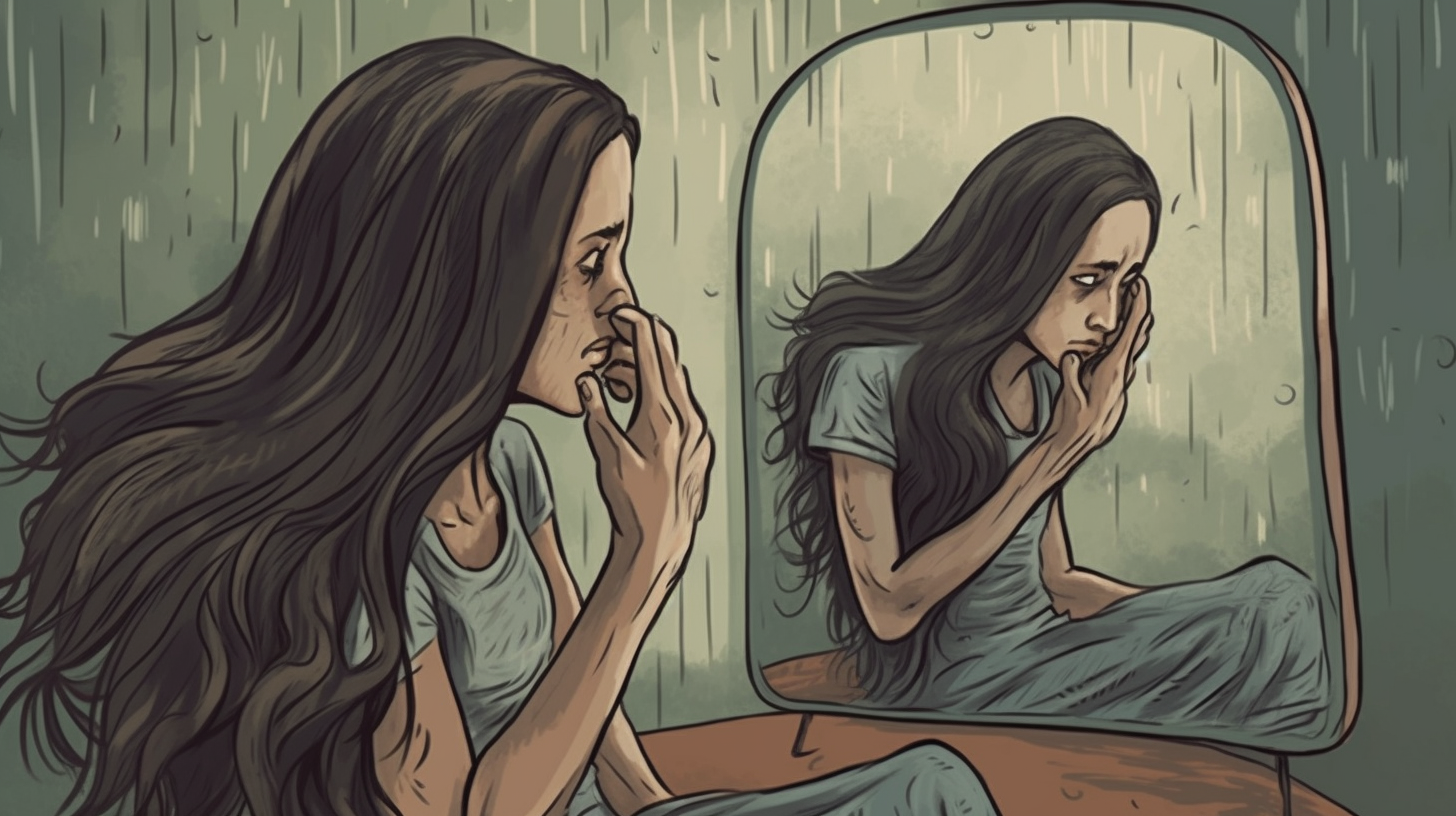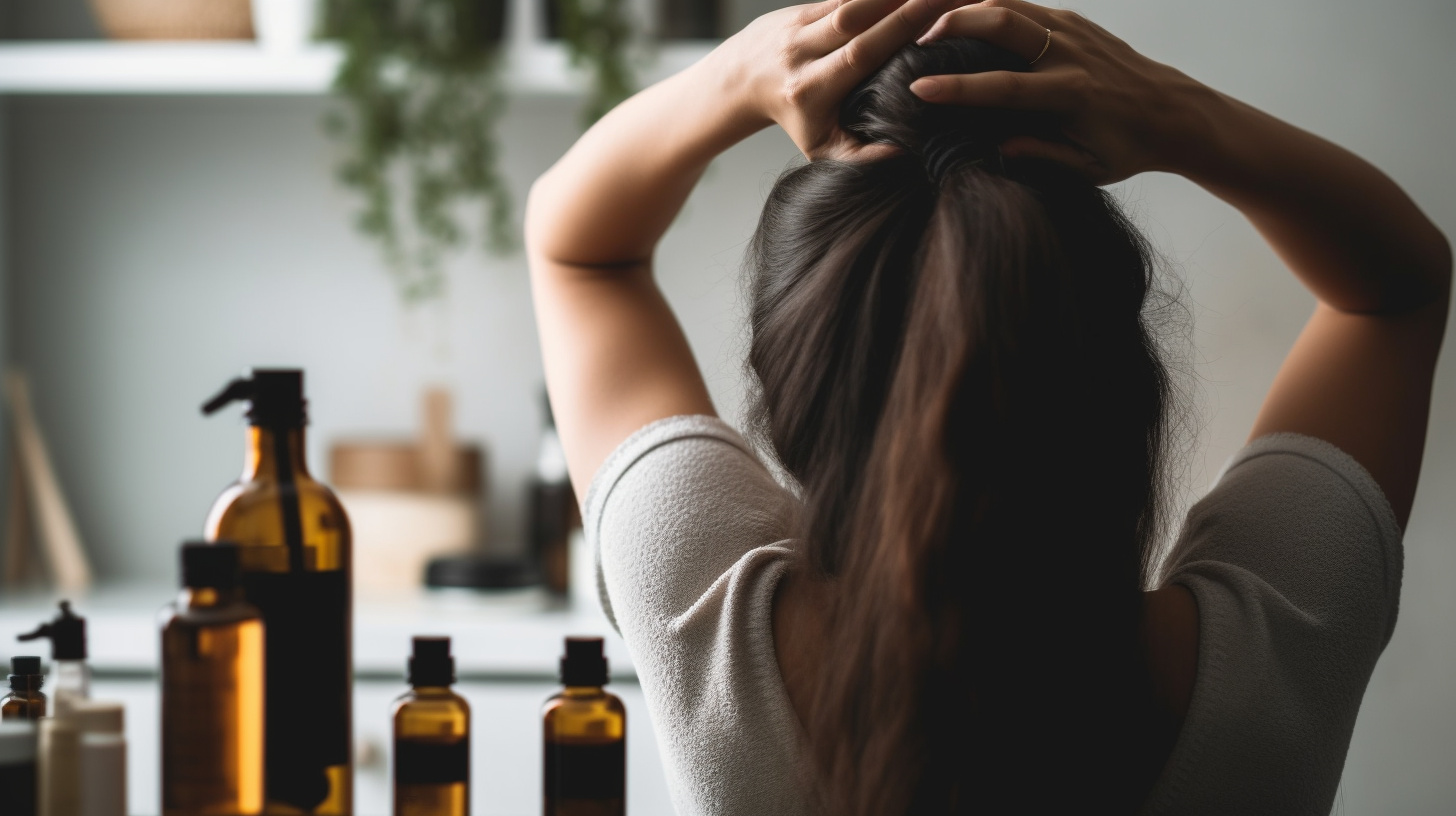How to Repair Chemically Damaged Hair at Home: Essential Tips and Techniques
Welcome to our comprehensive guide on how to repair chemically damaged hair at home. If you’ve recently undergone chemical treatments such as bleaching, perming, or coloring, and are now dealing with dryness, breakage, or loss of shine, this guide is for you. We understand the frustration and concern that comes with damaged hair, and we’re here to provide you with essential tips and techniques to help restore your hair’s health and vitality.
Understanding Chemically Damaged Hair
Before diving into the remedies and techniques for repairing chemically damaged hair at home, it’s important to understand the causes and effects of such damage. Chemical treatments can strip the hair of its natural moisture and protein, leading to various issues like dryness, brittleness, split ends, and even hair loss.
Chemical processes can disrupt the hair’s cuticle layer, which is responsible for protecting the inner structure of the hair shaft. When this protective layer is compromised, moisture escapes easily from the hair shaft, leaving it dry and brittle. Additionally, chemical treatments can weaken the protein bonds in the hair, making it more prone to breakage.
Essential Tips for Repairing Chemically Damaged Hair at Home
Now that we have a better understanding of chemically damaged hair let’s explore some essential tips and techniques that you can implement at home to repair your precious locks:
1. Deep Conditioning
Deep conditioning is crucial for restoring moisture and nourishment to chemically damaged hair. Look for deep conditioning treatments specifically formulated for damaged hair or opt for homemade remedies using natural ingredients like avocado oil or coconut oil.
Step-by-step instructions:
- Wash your hair with a mild shampoo.
- Apply the deep conditioner generously from root to tip.
- Cover your hair with a shower cap or towel and leave it on for the recommended time.
- Rinse thoroughly with lukewarm water.
2. Protein Treatments
Protein treatments can help replenish the lost protein in chemically damaged hair, strengthening the strands and reducing breakage. You can find protein-based treatments at your local beauty store or create your own using ingredients like eggs or yogurt.
Step-by-step instructions:
- Whisk an egg (or two, depending on your hair length) in a bowl.
- Apply the mixture to damp hair, focusing on the damaged areas.
- Cover your hair with a shower cap and leave it on for about 20 minutes.
- Rinse thoroughly with cool water and shampoo as usual.
3. Hot Oil Treatments
Hot oil treatments are excellent for restoring moisture and enhancing the overall health of chemically damaged hair. You can use oils such as olive oil, argan oil, or jojoba oil for this treatment.
Step-by-step instructions:
- Warm up your preferred oil by placing it in a heat-resistant container and immersing it in hot water for a few minutes.
- Part your hair into sections and apply the warm oil from roots to ends.
- Gently massage your scalp to stimulate blood circulation.
- Cover your hair with a shower cap or towel and leave it on for at least 30 minutes.
- Shampoo and condition your hair as usual.
4. Minimize Heat Styling
Excessive heat styling can further damage chemically treated hair, so it’s important to minimize the use of heat tools such as flat irons, curling irons, and blow dryers. If you must use these tools, apply a heat protectant spray beforehand and use the lowest heat setting possible.
5. Trim Regularly
Regular trims are essential for removing split ends and preventing further breakage. Aim to trim your hair every 6-8 weeks to maintain healthy ends and promote overall hair health.
6. Avoid Harsh Chemicals
To prevent further damage to your chemically treated hair, avoid using harsh chemical-based products such as sulfates and parabens. Opt for gentle, sulfate-free shampoos and conditioners that are specifically designed for damaged hair.
The Road to Recovery: Patience is Key!
Repairing chemically damaged hair takes time, patience, and consistent care. It’s important to set realistic expectations and understand that results may not be immediate. However, with the right approach and dedication, you can gradually restore your hair’s health and appearance.
Remember to be gentle with your hair throughout the repair process. Avoid aggressive brushing or combing when your hair is wet, as it is more vulnerable to breakage at this stage. Instead, use a wide-toothed comb or a detangling brush designed for wet hair.
In addition to the tips mentioned above, adopting a healthy lifestyle can also contribute to the overall health of your hair. Ensure you have a balanced diet rich in vitamins and minerals, stay hydrated, and manage stress levels effectively.
Finally, don’t forget to celebrate small victories along the way. Every improvement in your hair’s texture, shine, and strength is a step closer to full recovery.
In Conclusion
Repairing chemically damaged hair at home is indeed possible with the right knowledge and techniques. By incorporating deep conditioning, protein treatments, hot oil treatments, minimizing heat styling, regular trims, and avoiding harsh chemicals, you can gradually restore your hair to its former glory.
Remember that repairing damaged hair takes time and consistency. Be patient with yourself and your hair. With proper care and a positive mindset, you’ll be well on your way to healthier, more beautiful hair.
Have you tried any of these home remedies for repairing chemically damaged hair? Share your experiences or additional tips in the comments below!



